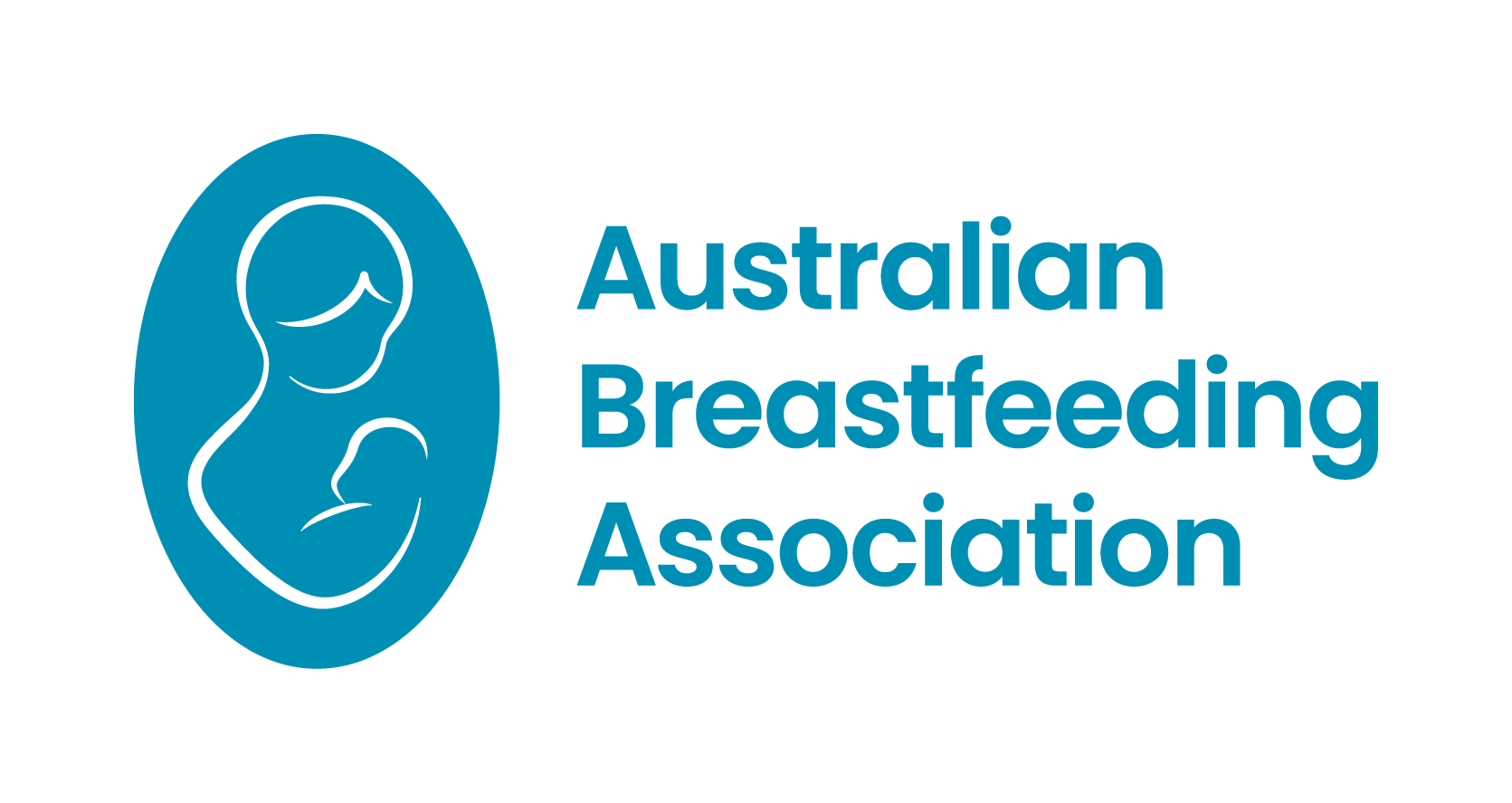Donor milk or infant formula as supplemental feeding for moderate-to-late preterm infants
Rumbold, A. R., Lai, M. M., August, D., Koorts, [...]
Rumbold, A. R., Lai, M. M., August, D., Koorts, [...]
Li J, Ip HL, Fan Y, Kwok JYY, Fong DYT, [...]
Vickers, N., Matthews, A., Paul, G. (2024). PLOS ONE 19(3): [...]
Siziba, L. P., Huhn, S., Pütz, E., Baier, C., Peter, [...]
By Laura Klein, PhD, Research Fellow, Milk, Australian Red [...]
The Red Cross Australia Lifeblood Milk Bank milk donor guidelines were developed using international standards with adaptation to Australian epidemiology. Over the first 12 months of Lifeblood’s Milk Bank operation the authors recorded the number of donors whose milk was not accepted and the reasons for rejection.
The physiological process of lactation is triggered by pregnancy and birth and is hormonally driven. It occurs even in the absence of a living infant. Each year, over 4000 Australian women experience late miscarriage, stillbirth, neonatal or older infant death. Previous research has shown that many women feel unsupported by their healthcare team in regards to lactation after infant death.
Terms of service
Contact ABA
Need help now?
Call our Breastfeeding Helpline

Acknowledgement of Country
The Australian Breastfeeding Association acknowledges the Traditional Owners of the lands known as Australia. We wish to pay our respects to their Elders past and present and acknowledge Aboriginal and Torres Strait Islander women who have breastfed their babies on Country for more than 60,000 years, and the partners, families and communities who support them.
ABN: 64005081523
The Australian Breastfeeding Association is a Registered Training Organisation
(RTO 21659) and receives funding from the Australian Government.
Quality Indicator Survey Results.
Copyright © Australian Breastfeeding Association | ABA receives funding from the Australian Government

